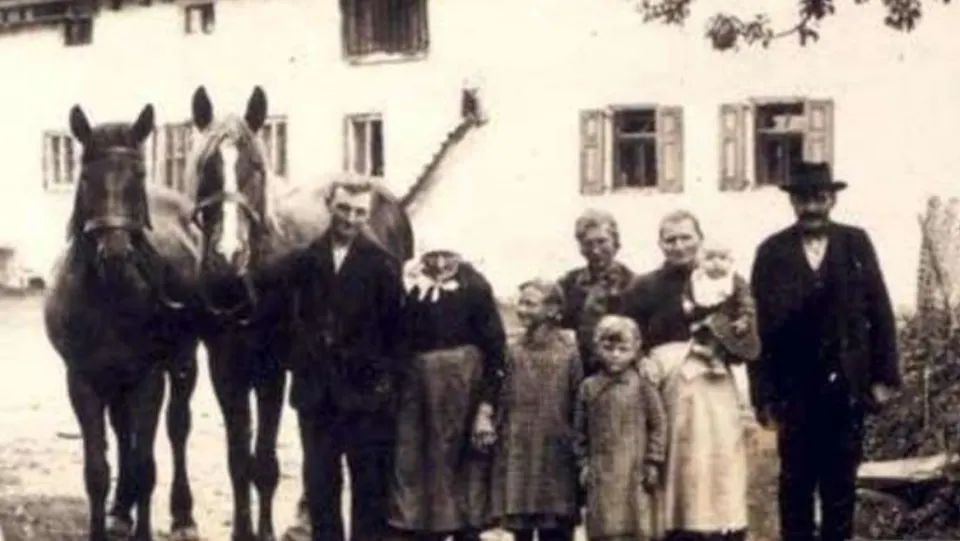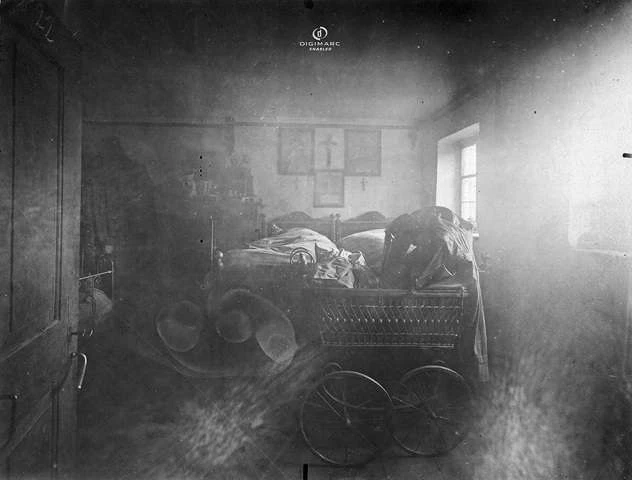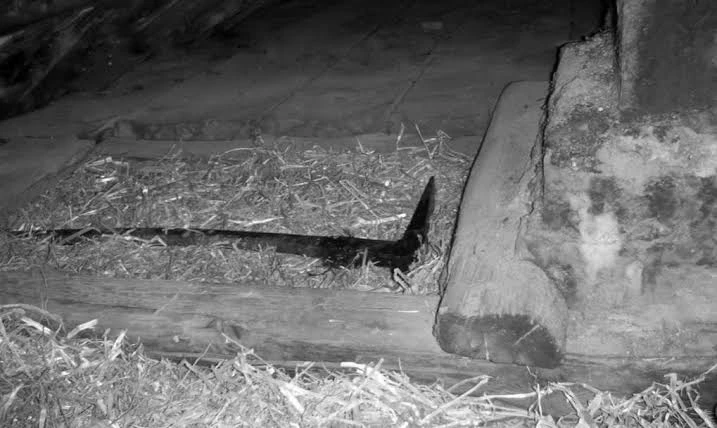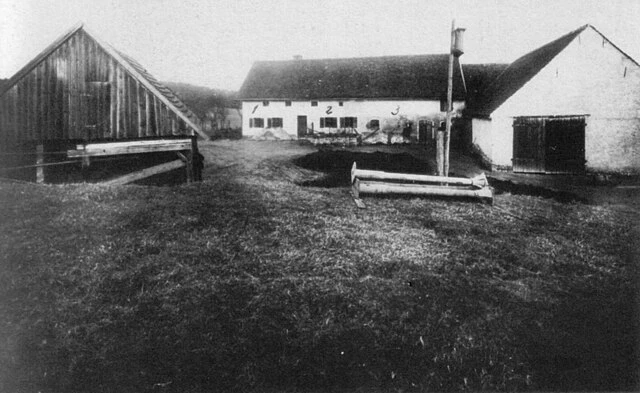The Hinterkaifeck murders remain one of the most horrifying and perplexing unsolved crimes in German history. On the night of 31 March 1922; six people were brutally murdered on a small isolated farmstead in Bavaria. Despite numerous investigations over decades, the case remains an enigma fueling endless speculation and theories.
The Hinterkaifeck Farm
Hinterkaifeck was a remote farm located near the town of Gröbern, about 70 kilometers north of Munich. The farm was home to Andreas Gruber, 63, his wife Cäzilia Gruber 72, their widowed daughter Viktoria Gabriel, 35 and Viktoria’s two children Cäzilia, 7, and Josef 2.
Also living with them was a maid, Maria Baumgartner, 44, who had just arrived on the farm the day before the murders, per Wikipedia.
The family was known for keeping to themselves. Andreas Gruber, in particular, was described as a harsh and unkind man who had a strained relationship with neighbors. There were also dark rumors about his relationship with his daughter Viktoria, hinting at incest, although nothing was ever officially proven.
Ominous Signs Before the Murders

In the days leading up to the massacre, several strange occurrences hinted that something sinister was about to happen. Andreas Gruber reported finding footprints in the snow leading from the nearby forest to the farm, but none leading away. He also heard unexplained noises in the attic, and a set of keys to the house mysteriously went missing.
Additionally, their previous maid had quit six months earlier, claiming the house was haunted. She spoke of hearing footsteps and voices when no one else was around, according to Mental Floss.
The Discovery of the Murders

On 4 April 1922, concerned neighbors visited the farm after noticing the family had not been seen for several days. What they found was a gruesome and horrifying scene.
Four of the victims—Andreas, Cäzilia (senior), Viktoria, and little Cäzilia—were found in the barn stacked on top of each other covered in hay. Inside the house, Maria Baumgartner and Josef were found murdered in their respective sleeping areas. All six victims had been killed with a mattock, a tool similar to a pickaxe, with horrifying precision, The Sun reports.
Little Cäzilia’s body showed signs that she had survived for several hours after the attack. Clumps of her hair were torn out likely due to the agony and shock she endured before succumbing to her injuries.
The Investigation and Theories

Despite extensive police efforts the investigation never led to an arrest. The crime scene itself was mishandled with numerous people walking through it before law enforcement arrived, contaminating potential evidence.
One of the most disturbing aspects of the case is the strong possibility that the killer remained at the farm for several days after the murders, per All Thats Interesting
Neighbors reported seeing smoke rising from the chimney and food appeared to have been eaten in the kitchen. Even the livestock were fed and taken care of suggesting the perpetrator was in no hurry to leave.
Possible Suspects

Over the years various suspects have been considered but no one has ever been definitively linked to the crime.
One of the most frequently discussed suspects was Lorenz Schlittenbauer, a local farmer who had been involved with Viktoria Gabriel. He had claimed to be the father of her youngest child, Josef, but later retracted his claim.
His behavior after the murders raised suspicion, he was among the first to enter the crime scene and was noted for disturbing the bodies in a way that seemed unusual. However, without concrete evidence he was never formally charged, per Factschology.
Some theories suggest that a disgruntled former farmhand or an enemy of Andreas Gruber might have committed the murders. Andreas was known to have disputes with workers and neighbors and his harsh nature may have provoked someone to seek revenge.
Another possibility is that an unknown drifter or a recently released convict might have been responsible. Given the remote location of the farm, some believe a transient individual could have chosen it as a place to hide before ultimately attacking the family.
Robbery or Personal Vendetta?
One of the first theories explored was robbery but this was quickly dismissed since valuable items and money were left untouched. This suggested the murders were personal or had another hidden motive.
The precision and brutality of the murders suggested the killer was someone who knew the victims well, or had a deep-seated grudge against them.
The strange footprints in the snow and noises in the attic fueled theories of an unknown intruder living in the house before the murders.
The Lost Evidence and Unanswered Questions
Unfortunately, crucial pieces of evidence were lost over time. The victims’ heads, which were removed for forensic analysis, were misplaced during World War II, making any further examinations impossible. Additionally advancements in forensic science such as DNA testing were unavailable at the time.
Despite the passage of more than a century, the case remains unsolved, per Historic Mysteries. It has inspired books, films and documentaries cementing its place as one of Germany’s most infamous crimes.
Today, the original farm no longer stands. It was demolished in 1923, a year after the killings as no one wished to live on the cursed land.

